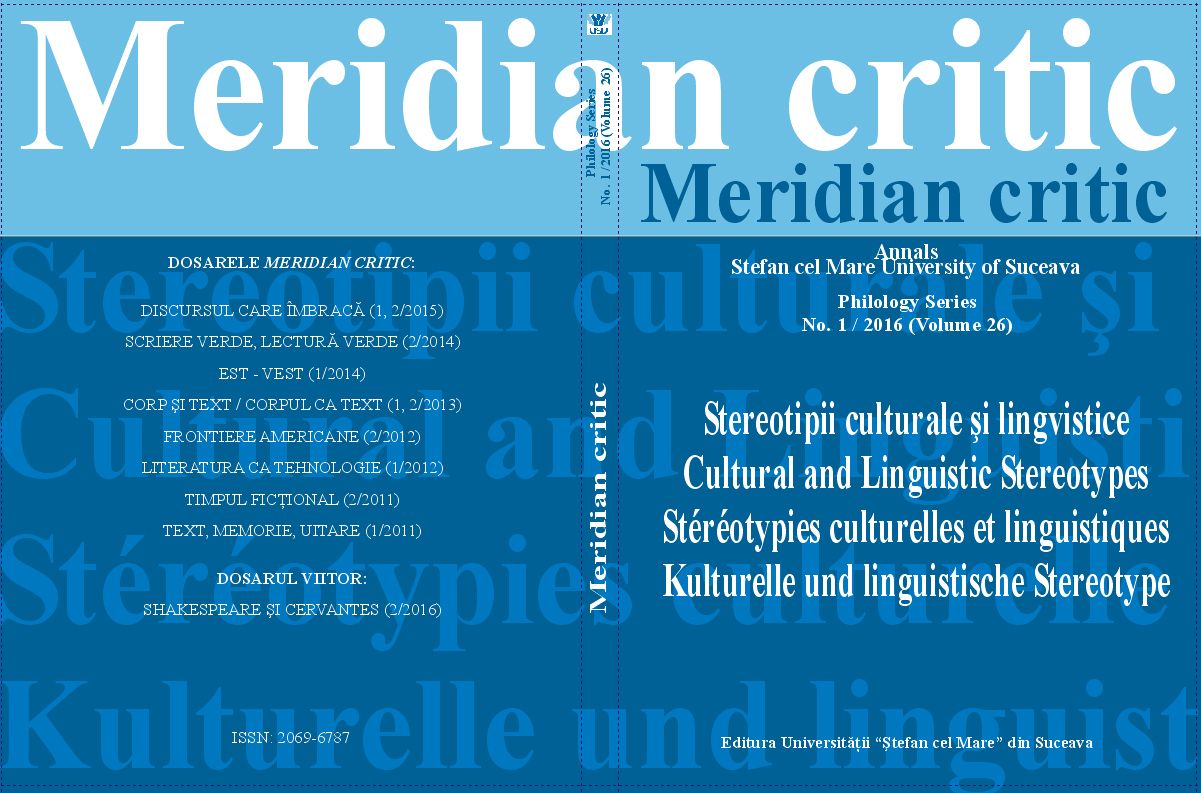La interculturalidad y en la enseñanza de lenguas extranjeras. Patriarcado en los manuales. Una mirada critica
Interculturality in Foreign Language Teaching. Patriarchy in the Texbooks. A Critical View
Author(s): Oana UrsacheSubject(s): Foreign languages learning, Applied Linguistics
Published by: UNIVERSITATEA »ȘTEFAN CEL MARE« SUCEAVA
Keywords: teaching; Romanian as a foreign language; interculturality; gender roles; Romanian class at the University of Granada;
Summary/Abstract: More than thirty years ago, Spain included in the teaching of the foreign languages the element of interculturality. Such influences as other sciences (sociolinguistics or ethnolinguistic) and the contextual globalization urged a dramatically changes in the classes of foreign languages teaching and didactics.On other hand, countries as Romania, from the Eastern part of Europe, tried to recuperate essential techniques and “modes” and models on the run. Learning foreign languages in countries as Romania is a matter of surviving and it is up seen with great admiration when it occurs and with disappointment when it doesn’t. Very good with the languages, the average Romanian has a good level of English (superior to B2) and it is likely to have a good dominion (A2-B1) of at least other two or three. As a consequence, the Romanian authors of manuals for Romanian as a foreign language had as a referent a student that has to learn and has all the determination to do it, which doesn’t make them perfect to be used in a distinct country.In Spain the context is extremely different as we are dealing with a self-sufficient dominant language and culture that hadn’t had the need to learn other language as Spanish was spread worldwide. The Spanish student We’ll try to demonstrate that the intercultural element is not a crush between cultures, but in the same time it is not enough to present into a manual eight students from eight different countries to assure the integration intercultural of the otherness.The present article has been presented at the International Conference Romania – spaţii şi medii culturale romanice, organized at the University of Leipzig in October of 2015 by the Institute of Romance Studies of Leipzig.
Journal: Meridian critic
- Issue Year: XXVI/2016
- Issue No: 1
- Page Range: 423-428
- Page Count: 6
- Language: Spanish

